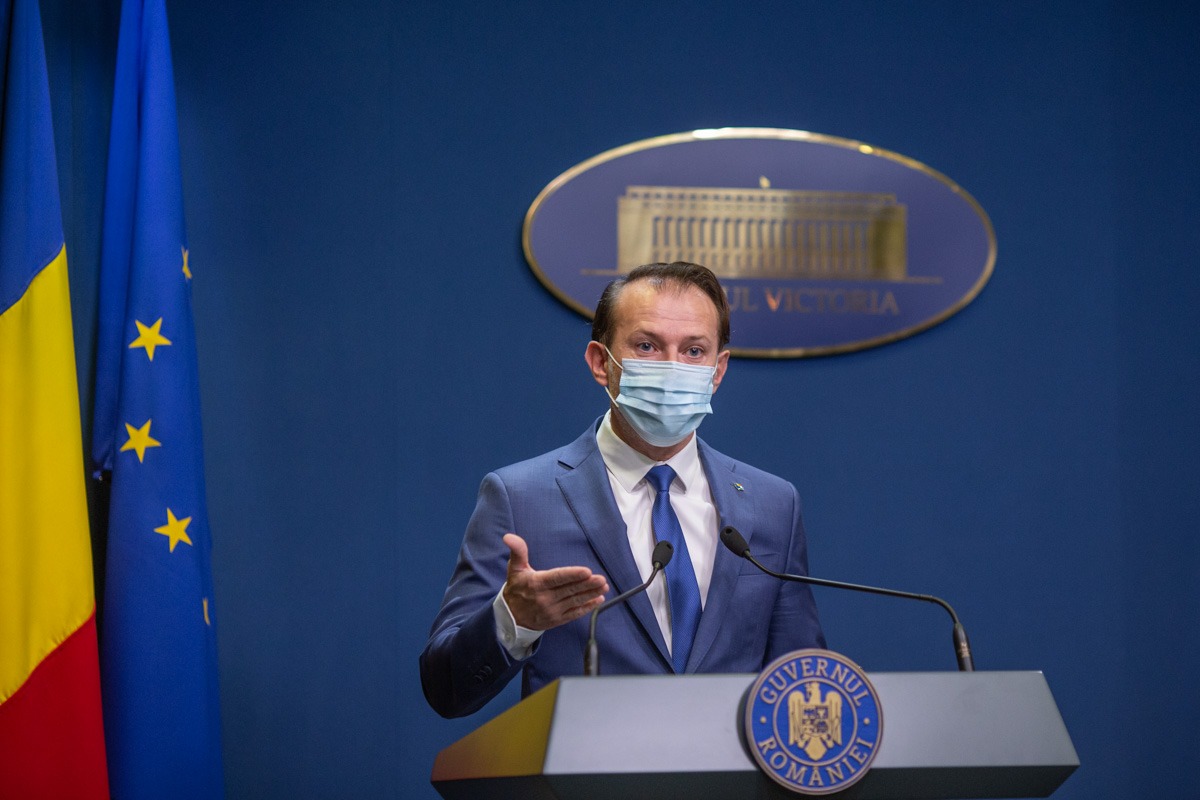Most people who watched the European Championship last summer can still remember the shocking images of the Denmark – Finland match. Denmark players gathered around their teammate Christian Eriksen after the game dealer suffered a cardiac arrest.
150 to 200 people die every year
Eriksen is not the only professional footballer this has happened to. Ajax player Daley Blind became ambassador of the Heart Foundation this week after experiencing something similar at the end of 2019. There are also countless stories of cyclists who had to stop or even died after a heart attack.
In the video below we explain why not every heart is suitable for intensive sports (text continues below the video):
–
–
Not only top athletes are at risk of cardiac arrest while exercising, but also amateur athletes. Earlier this month, a Belgian amateur football player together in the locker room and died of sudden cardiac arrest.
An estimated 150 to 200 people die each year in the Netherlands during or shortly after exercise, the Hartstichting said. So, on average, it happens three or four times a week. Often the athletes have an underlying heart disease that they know nothing about. It is also much more common in men than in women.
‘Smoking, little exercise are causes’
It also happens, to a lesser extent, to younger athletes. The cause is often congenital and/or hereditary heart disease. According to sports doctor Aernout Snoek, who works at the Isala Hospital in Zwolle, there are often other causes in athletes over 35. “Then it often concerns smoking, little exercise, high blood pressure or diabetes.”
The risk of cardiac arrest is increased during exercise because the heart then has to pump harder, while the heart cannot actually handle this extra effort. As a result, sports can be a trigger in the development of cardiac arrest.
–
–
To reduce the number of victims of sudden cardiac death during sports, sports cardiologist Nicole Panhuyzen-Goedkoop, affiliated with Amsterdam UMC and Sport Medisch Centrum Papendal, recommends targeted preventive screening of amateur athletes.
Panhuyzen-Goedkoop indicates that athletes who suddenly die of cardiac arrest are relatively small, but that you can get more certainty as an athlete if you have yourself tested in advance. “A large Italian study showed that the number of sudden cardiac deaths among young athletes up to the age of 36 fell by 89% by systematically testing athletes.”
‘Everyone is responsible for themselves’
This screening should then consist of a questionnaire, physical examination and a heart film. Extra attention should be paid to athletes who fall into a risk group. That is why, for example: cardiovascular disease in the family, age, gender and intensity of exercise must be taken into account.
The sports cardiologist also indicates that amateur athletes can find out for themselves whether they are in a risk group by completing an online questionnaire or can go to a sports doctor, but that as an athlete you are always responsible yourself. “Someone is responsible for checking whether you belong to a risk group and what you do with it afterwards. You are then responsible for what you do with that information. children, then that is your own risk.”
–
–
Despite the fact that preventive screening could reduce the number of deaths, Panhuyzen- Goedkoop does not advocate an annual massive screening of every amateur athlete. “That could, for example, lead to uncertainty for the athlete, while nothing is wrong.”
Good system in the Netherlands
The Heart Foundation also shares this opinion. “Sudden cardiac death in athletes is rare. There can be many underlying heart defects that can lead to sudden death. At the moment there are no tests that can efficiently demonstrate or rule out all these conditions on a large scale at an acceptable cost. Also the consequences of in particular, the false-positive results are still too great an obstacle to introduce structural screening.”
Finally, sports doctor Aernout Snoek indicates that we are doing well in the Netherlands. “We have AEDs everywhere at sports fields and also a system where bystanders are alerted to resuscitate. As a result, fewer people die. That works fantastic.”
–
–


